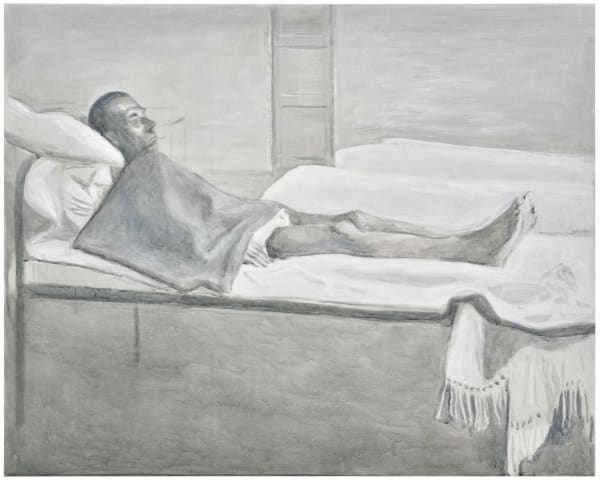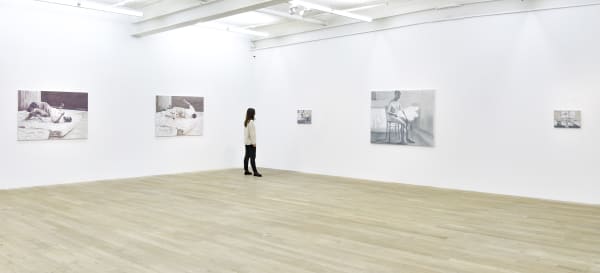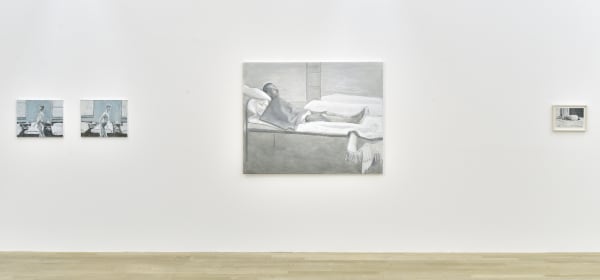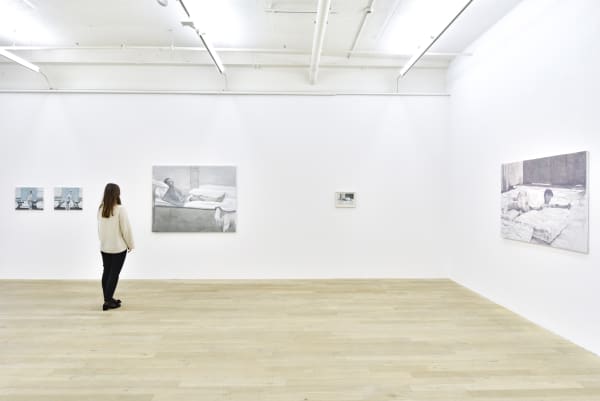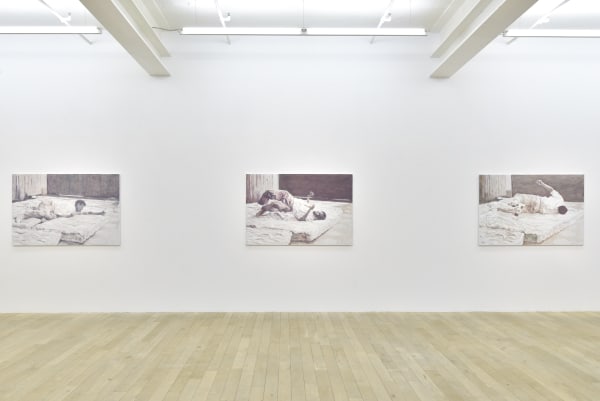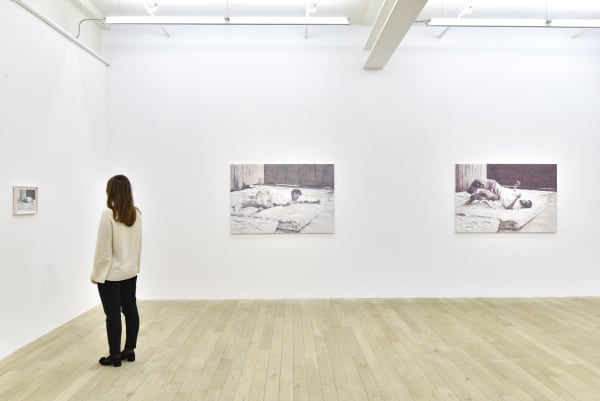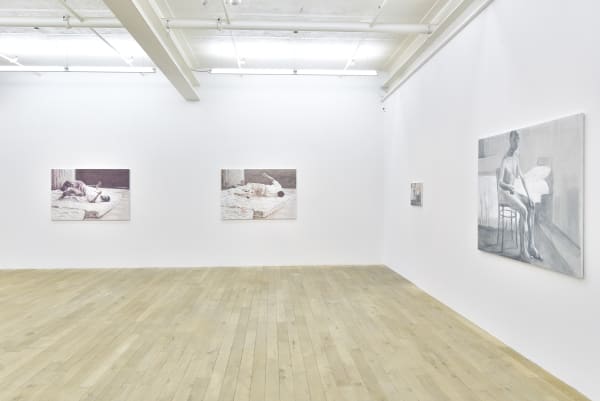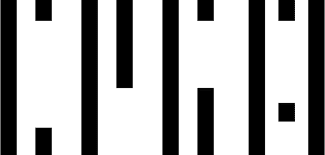Adrian Paci: ProvaGalerie Peter Kilchmann, Zahnradstrasse, Zurich
Galerie Peter Kilchmann is pleased to announce Prova, the sixth solo exhibition of Adrian Paci at the gallery. Paci was born in 1969 in Shkodër, Albania. He lives and works in Milan. Paci’s artistic repertoire manifests itself in various forms of expression such as video installation, painting and sculpture which he brings together in such a way that they interact with each other. The exhibition will take place in the gallery’s two main rooms presenting a new group of paintings in acrylic and oil on canvas and a video installation.
-
 Adrian PaciProva, 2019Single video projection, sound, color, 10.16 min.Ed. 1/6 (+ 2 AP)
Adrian PaciProva, 2019Single video projection, sound, color, 10.16 min.Ed. 1/6 (+ 2 AP) -
 Adrian PaciHim, 2019Gouache on paper50 x 61 cm (19.7 x 24.0 in.)
Adrian PaciHim, 2019Gouache on paper50 x 61 cm (19.7 x 24.0 in.)
72.5 x 82.5 cm (28.5 x 32.5 in.), framed -
 Adrian PaciHim, 2019Gouache on paper21 x 29 cm (8.3 x 11.4 in.)
Adrian PaciHim, 2019Gouache on paper21 x 29 cm (8.3 x 11.4 in.)
27.5 x 36 cm (10.8 x 14.2 in.), framed -
 Adrian PaciHim, 2019Acrylic and oil on canvas100 x 150 cm (39.4 x 59.1 in.)
Adrian PaciHim, 2019Acrylic and oil on canvas100 x 150 cm (39.4 x 59.1 in.) -
 Adrian PaciHim, 2019Acrylic and oil on canvas100 x 150 cm (39.4 x 59.1 in.)
Adrian PaciHim, 2019Acrylic and oil on canvas100 x 150 cm (39.4 x 59.1 in.) -
 Adrian PaciHim, 2019Acrylic and oil on canvas100 x 150 cm (39.4 x 59.1 in.)
Adrian PaciHim, 2019Acrylic and oil on canvas100 x 150 cm (39.4 x 59.1 in.) -
 Adrian PaciUntitled, 2019Acrylic and oil on canvas150 x 120 cm (59.1 x 47.2 in.)
Adrian PaciUntitled, 2019Acrylic and oil on canvas150 x 120 cm (59.1 x 47.2 in.) -
 Adrian PaciUntitled, 2019Acrylic and oil on canvas150 x 120 cm (59.1 x 47.2 in.)
Adrian PaciUntitled, 2019Acrylic and oil on canvas150 x 120 cm (59.1 x 47.2 in.) -
 Adrian PaciUntitled, 2019Oil on canvas40 x 30 cm (15.7 x 11.8 in.)
Adrian PaciUntitled, 2019Oil on canvas40 x 30 cm (15.7 x 11.8 in.)







